Time anxiety is increasingly common in many work environments. The constant pressure to accomplish more in less time can lead to feelings of stress, worry, and being overwhelmed. However, by understanding the causes and implementing practical strategies, leaders can help employees overcome time anxiety and boost productivity.
This article provides insights into time anxiety while offering different strategies to help your team overcome this challenge. Creating a calm and productive work environment can empower employees to thrive and perform at their best.
Understanding Time Anxiety
Time anxiety refers to excessive worry, stress, or fear related to the perception of time passing quickly or feeling like there is not enough time to accomplish goals or complete tasks. Time anxiety exists on a spectrum – some people experience manageable levels of concern about time while others suffer from chronic and more severe anxiety.
Some key things to know about time anxiety:
- It’s a form of anxiety stemming from a feeling of loss of control over time. People with time anxiety feel a constant sense of urgency and pressure.
- Triggers can include deadlines, feeling overwhelmed with responsibilities, wanting to optimize every minute, or having perfectionist tendencies.
- It can significantly impact productivity and focus at work due to the preoccupation with time and deadlines.
Types of Time Anxiety
Day: Revolves around feeling overwhelmed and stressed during the day due to a perceived lack of time to complete projects or meet deadlines.
Future: Characterized by excessive worry about future time pressures, deadlines, or commitments, with a constant preoccupation with upcoming events.
Addressing Time Anxiety
Recognizing the impact of time anxiety and implementing strategies for improvement is imperative to a successful and productive work environment. Here are some suggested steps:
- Set realistic performance expectations: Ensure workloads and deadlines are reasonable to prevent overload-induced anxiety.
- Task and project management: Organize and prioritize tasks to reduce the overwhelming feeling of a heavy workload.
- Use project management tools: Implement tools that aid in organizing workload, setting reminders, and tracking project progress.
- Deadlines and reminders: Manage deadlines effectively to minimize stress associated with missed milestones.
- Promote open communication: Adopt transparent communication channels to help collaboration and prevent misunderstandings.
- Encourage breaks and work-life balance: Support regular breaks and time off to prevent burnout and promote mental well-being.
- Collaboration and communication: Facilitate smooth collaboration, ensuring team members stay informed and aligned.
Time anxiety presents a challenge in the workplace and impacts productivity, morale, and well-being. By setting reasonable expectations, utilizing project management tools, encouraging open communication, and promoting work-life balance, we can develop a calmer, more focused working environment.



